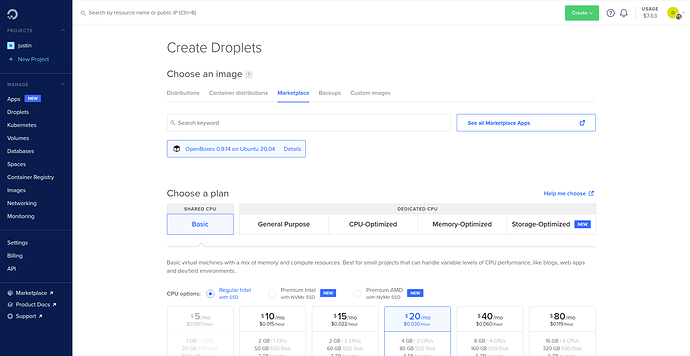1 .I also need to know all the configuration files i have to deal with i.e application and database server configs and which time.
Could you elaborate on what you mean by this?
2 . I don’t know wether this true for future versions , (I know there is alot for OB)but would suggest an automated installation process something similar done by OpenMRS . So most of the dirty work is done by a script
Who do you think I am, Daniel Kayiwa?
Kidding, I’ll never be as good as Daniel.
So I’m not sure if you were referring to dkayiwa’s amazing OpenMRS Standalone …
… but we might not ever create an easy install tool like this because we’d rather spend our energy on deploying to cloud. However, given the disclaimer they added about it now being production-ready-ish I’ll investigate it at some point
In the meantime we can do something similar using Docker / Docker Compose. See the following repository for instructions on how to get OpenBoxes running using Docker.
I know this isn’t as easy as running a Windows Installer, but we don’t have the capacity to handle the development, troubleshooting, and support for something like OpenBoxes standalone. If someone from the community wanted to build / maintain that type of installer, we’d be thrilled.
As for installing a production-ready version of OpenBoxes on a cloud server, we have a few projects in the works.
DigitalOcean Marketplace
You can create a DigitalOcean droplet with OpenBoxes fully installed and configured straight from the DigitalOcean Marketplace.
Apparently you’ll receive $100 in credit from DigitalOcean (~5 months) by launching a droplet using the following link.
https://marketplace.digitalocean.com/apps/openboxes?refcode=da4712a483b4
Self-Service Deployment
As part of a project that is being funded through Digital Square, we are also building infrastructure as code components that will allow us to launch a Basic (single VM) or High Availability (all services running on their own nodes) version of OpenBoxes to most hosting providers with the simple click of a button. We are starting with Azure, but hope to get everything working with AWS and GCP as well.
You can read the announcement below for more information.
